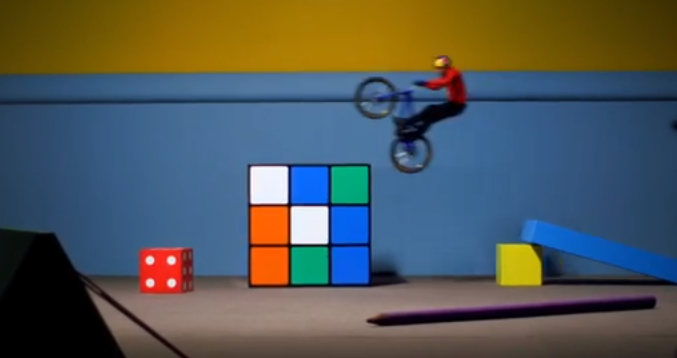In the news this week, Tesco have been investigating the potential of offering 3D printing technologies in-store.
They have sent their ‘science boffins’ to Silicon valley to look at the latest technologies being used by scientists to create a plethora of prototypes that include; clothing, furniture, toys and even food? (apparently Texas based company, Systems and materials research, was awarded a $125,000 grant from NASA to develop a 3D printer to create food suitable for astronaughts)
Paul Wilkinson, the lead Tesco research specialist said that Tesco had been working “day in and day out to find the next big idea” and the potential of 3D printing had got them “excited”.
Although still in its relative infancy, 3D printing is certainly beginning to take off. Whilst there has been some controversial reports in the media about the application of 3D printing (non more so than Cody Wilson’s creation of a 3D printed firearm) 3D printing technology has the ability to let us truly create whatever we desire and essentially become our own micro manufacturing plants.
If Tesco decide make a move in the 3D printing arena, the possibilities are endless. More than just creating our own designs, 3D printing could enable us to create spare parts for products, meaning we could quickly and easily repair broken items whilst we do the weekly grocery shop.
But 3D printing is more than simply convenience or efficient ‘on-demand’ manufacturing. 3D printing is in many ways the ultimate immersive retail experience.
3D printing enables the consumer to get involved from start to finish. The process may begin life as an idea.But that idea can then be mapped out and created using 3D design software and bring our imaginations to life.
Assuming that most people do not own a machine (yet), these plans for our unique visions would be simply taken to our local store and created before our very eyes! The thrill of seeing an idea conceived earlier that day, become a physical reality, will be an incredibly addictive emotion for many.
Now, assuming the finished product may need some tweaking and adjustments before you are entirely satisfied with it, this process might involve multiple trips to the supermarket in order to refine the finished article.
Consumers subsequently become more than simply ‘shoppers’ they are completely immersed from the R&D through and through the manufacturing process from start to finish. Design, construction, refinement and of course the actual purchase of the product(s) as and when required.
Brands could create experiential workshops that gives consumers the tools to create physical work and share ideas, which could shape the entire direction of that brand in the future.
In doing so, consumers would enjoy a chance to be much more involved in this future brand landscape. earning, adapting and evolving ideas gives us an opportunity to fully understand and appreciate the value of creation. For many, this is an process not experienced since we were at school.
For some brands however, 3D printing may become a threat in the future. If we adopt 3D printing processes across all walks of life, we may begin to question the value of some brands if we can make our own versions quickly, efficiently and of course – cheaply!
Brands themselves may need to adapt if they want to keep selling large volumes of product. Brands may need to create 3D design templates that consumers can easily download and take to their local store to ‘print ‘n’ pickup’
In essence the business model for many brands would have to evolve, as brands become designers and distributors of 3D modelling plans – although the question of how to protect these plans from being widely shared is a concern I’m sure.
If Tesco can establish themselves as a resource for this emerging market, they could leverage this opportunity very easily.
From what I have seen, 3D printing can take a little while to build the finished article – which of course means the consumer is now a captive audience while they wait for the finished product.
In a large supermarket, this kind of lengthy dwell time is pure gold!
If we all adopt 3D printing techniques as the normal way to create and purchase products, supermarkets may no longer need to carry so much stock. Instead, they would just need to make sure they kept their 3D plastic refill stock levels high enough to satisfy demand.
I am sure it will still be some time while before we see any mass uptake of 3D printing technologies – but when we do it will truly revolutionise the brand landscape.
What do you think?



